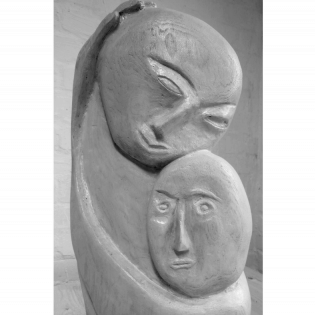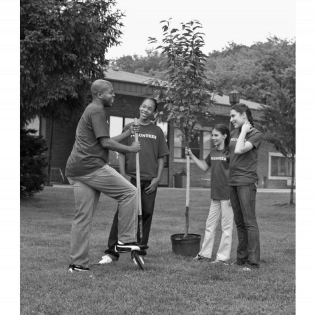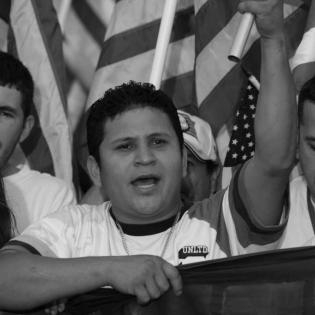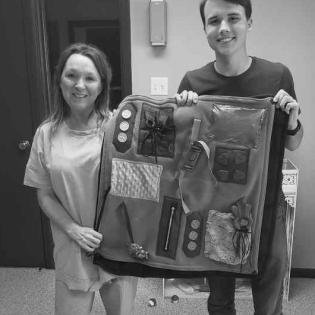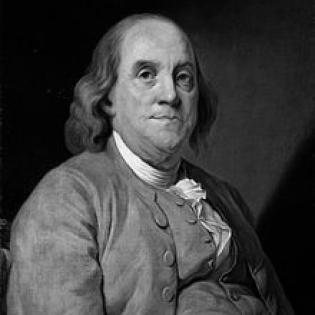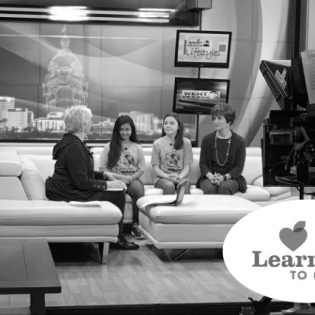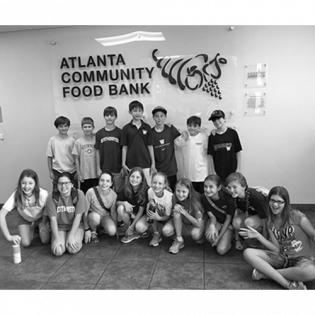Video Clip and Discussion Guide: Every major religion has a message of love and kindness. People of all faiths believe doing good and love for humanity are the building blocks of any community, or civil society. Listen to representatives from Jewish, Christian, Muslim, and secular perspectives talk about love and service, or philanthropy. Note the common language of responsibility, justice, and love requiring that we serve -- moving from the individual to community in our actions.
Filter by subjects:
Filter by grades:
Filter by audience:
Filter by issue area:
Filter by content type:
Filter by resource type:
resource search
Video Clip and Discussion Guide: When we name big-dollar givers in history, we do not often hear the names of women. Historically women's philanthropy looks different. In this video, we look at examples of women's giving. This is not an attempt to define women's philanthropy, but to look at the less recognized, but still significant, giving of women as philanthropists.
Video Clip and Discussion Guide: Many nonprofits rely on fundraising to support their budgets and get their work done. Want to know what it is like to ask for money to support an issue you care about? This four-minute video clip and accompanying questions provide a glimpse of how fundraisers get excited about asking for money.
Video Clip and Discussion Guide: Philanthropy is often associated with giving money, but giving one's time, talent, and voice can impact society's needs as much as money. This video shares several ways people use their time and talent to impact society and themselves.
Video Clip and Discussion Guide: The arts are an important part of any community. One of the things that makes life worth living is the capacity to see beautiful things. Foundations that fund the arts recognize that arts make a community stronger and more vital. The performers and artists are often the biggest philanthropists, as they dedicate their time and talent to brighten our lives and stimulate discussion.
Video Clip and Discussion Guide: The nonprofit sector has a prevalent role in U.S. society. There is a deep partnership between the government and nonprofit sectors. Government makes up the building bricks of society, and philanthropy is the mortar that fills in the cracks and holds the bricks together. It is part of the social fabric of American democracy for citizens to organize and give for the common good.
Video Clip and Discussion Guide: You have interests and talents that can be used to help out your community. Find out how to connect your passions with community needs in this video and discussion guide.
Video Clip and Discussion Guide: Benjamin Franklin is known for many innovations and contributions to the common good. One of his contributions is as a pioneer in the field of philanthropy. He established the model of "public-private partnerships" in which he leveraged private dollars to get the government to contribute to libraries, hospitals, universities, and other needed resources for the common good. We still use this "mixed economy" model.
Video Clip and Discussion Guide: In this set of videos, youth display the impact they have made through putting together fun informative videos about their different philanthropic acts. Watch these videos to generate ideas for your youth philanthropy group to put together a video project that demonstrates their impact!
Video Clip and Discussion Guide: There are some needs that businesses can't address because they can't make a profit. There are some needs that government can't address because government speaks for the majority. The philanthropy (or nonprofit) sector addresses needs and opportunities that fall through the cracks.
